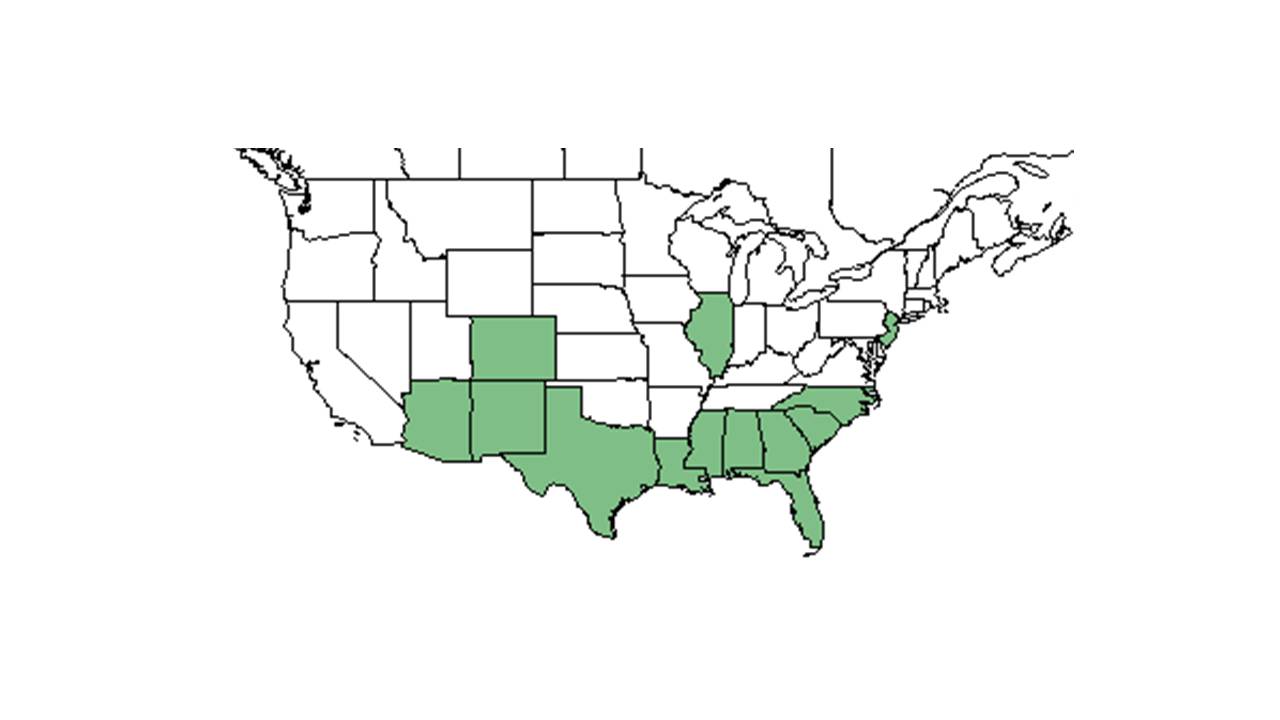Difference between revisions of "Lactuca graminifolia"
| Line 29: | Line 29: | ||
===Seed bank and germination=== | ===Seed bank and germination=== | ||
===Fire ecology=== <!--Fire tolerance, fire dependence, adaptive fire responses--> | ===Fire ecology=== <!--Fire tolerance, fire dependence, adaptive fire responses--> | ||
| + | It is found in patches of degraded longleaf pine sandhill after burn and control (no burn) treatments.<ref>Heuberger, K. A. and F. E. Putz (2003). "Fire in the suburbs: ecological impacts of prescribed fire in small remnants of longleaf pine (Pinus palustris) sandhill." Restoration Ecology 11: 72-81.</ref> | ||
| + | |||
===Pollination=== | ===Pollination=== | ||
Mark Deyrup at Archbold Biological Station observed these Hymenoptera species on ''Lactuca graminifolia'' | Mark Deyrup at Archbold Biological Station observed these Hymenoptera species on ''Lactuca graminifolia'' | ||
Revision as of 14:58, 14 July 2015
| Lactuca graminifolia | |
|---|---|
Error creating thumbnail: Unable to save thumbnail to destination
| |
| Scientific classification | |
| Kingdom: | Plantae |
| Division: | Magnoliophyta - Flowering plants |
| Class: | Magnoliopsida – Dicotyledons |
| Order: | Asterales |
| Family: | Asteraceae ⁄ Compositae |
| Genus: | Lactuca |
| Species: | L. graminifolia |
| Binomial name | |
| Lactuca graminifolia Michx. | |

| |
| Natural range of Lactuca graminifolia from USDA NRCS Plants Database. | |
Contents
Description
Common Name: grassleaf lettuce
Distribution
Ecology
Habitat
Phenology
Seed dispersal
Seed bank and germination
Fire ecology
It is found in patches of degraded longleaf pine sandhill after burn and control (no burn) treatments.[1]
Pollination
Mark Deyrup at Archbold Biological Station observed these Hymenoptera species on Lactuca graminifolia
Halictidae: Halictus poeyi
Megachilidae: Dianthidium floridiense
Use by animals
Diseases and parasites
Conservation and Management
Cultivation and restoration
Photo Gallery
References and notes
- ↑ Heuberger, K. A. and F. E. Putz (2003). "Fire in the suburbs: ecological impacts of prescribed fire in small remnants of longleaf pine (Pinus palustris) sandhill." Restoration Ecology 11: 72-81.